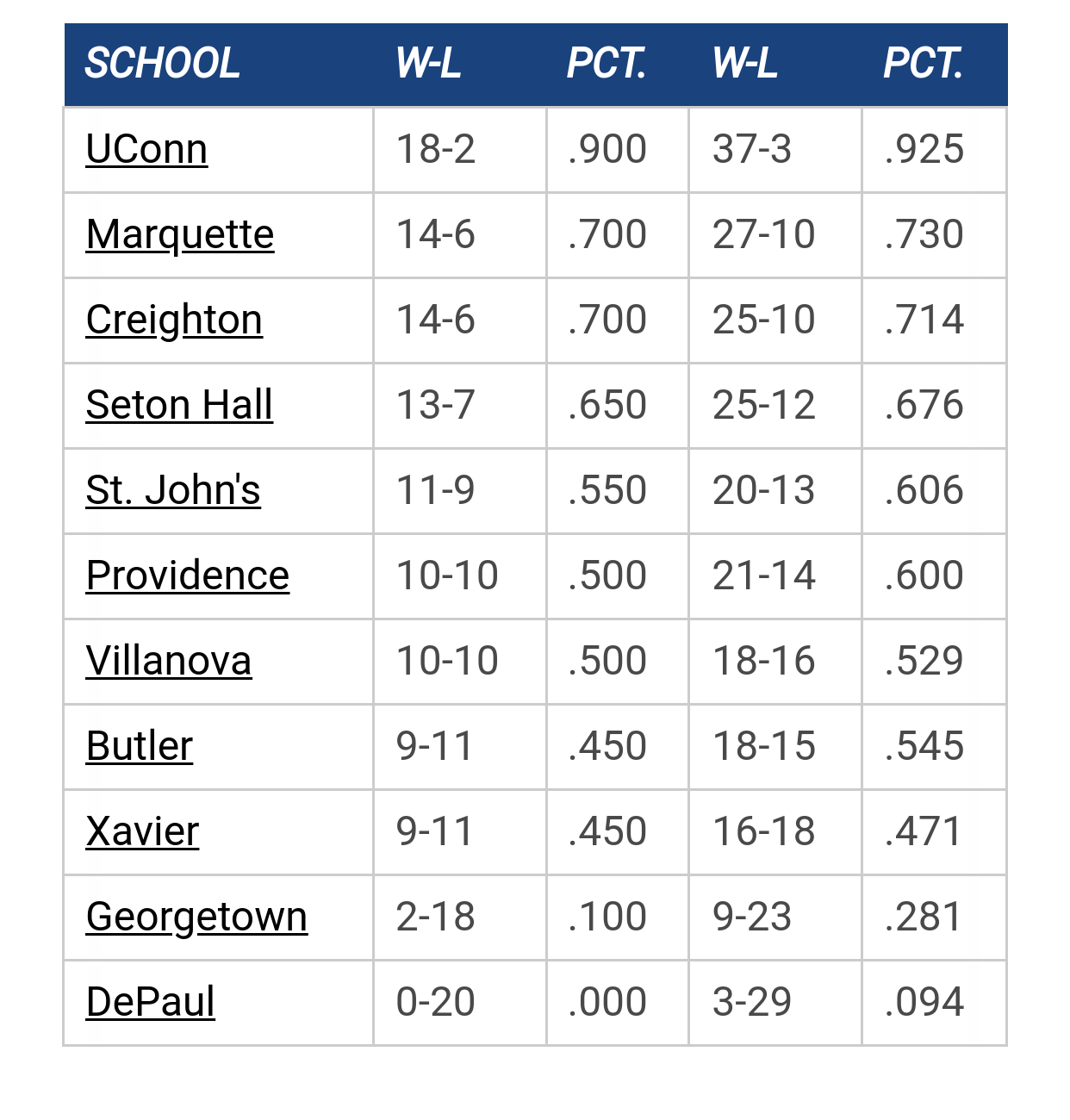- Welcome to MUScoop.
Recruiting as of 11/15/25 by GoldenEagles03
[Today at 01:36:38 AM]
Marquette NBA Thread by MU82
[Today at 01:09:34 AM]
What would make you show Shaka the door in March? by BM1090
[Today at 12:51:08 AM]
2025-26 College Hoops Thread by MU82
[Today at 12:40:32 AM]
[Paint Touches] What is MU's best lineup and why don’t we see it more? by MarquetteMike1977
[Today at 12:18:21 AM]
A little Christmas Cheer for this Group by rocky_warrior
[December 19, 2025, 10:42:04 PM]
2025-26 Big East Thread by MuggsyB
[December 19, 2025, 10:30:35 PM]
[Today at 01:36:38 AM]
Marquette NBA Thread by MU82
[Today at 01:09:34 AM]
What would make you show Shaka the door in March? by BM1090
[Today at 12:51:08 AM]
2025-26 College Hoops Thread by MU82
[Today at 12:40:32 AM]
[Paint Touches] What is MU's best lineup and why don’t we see it more? by MarquetteMike1977
[Today at 12:18:21 AM]
A little Christmas Cheer for this Group by rocky_warrior
[December 19, 2025, 10:42:04 PM]
2025-26 Big East Thread by MuggsyB
[December 19, 2025, 10:30:35 PM]
The absolute only thing required for this FREE registration is a valid e-mail address. We keep all your information confidential and will NEVER give or sell it to anyone else.
Login to get rid of this box (and ads) , or signup NOW!
Creighton Date/Time: Dec 20, 2025, 7:30pm TV: NBCSN Schedule for 2025-26 |
||||||
User actions


